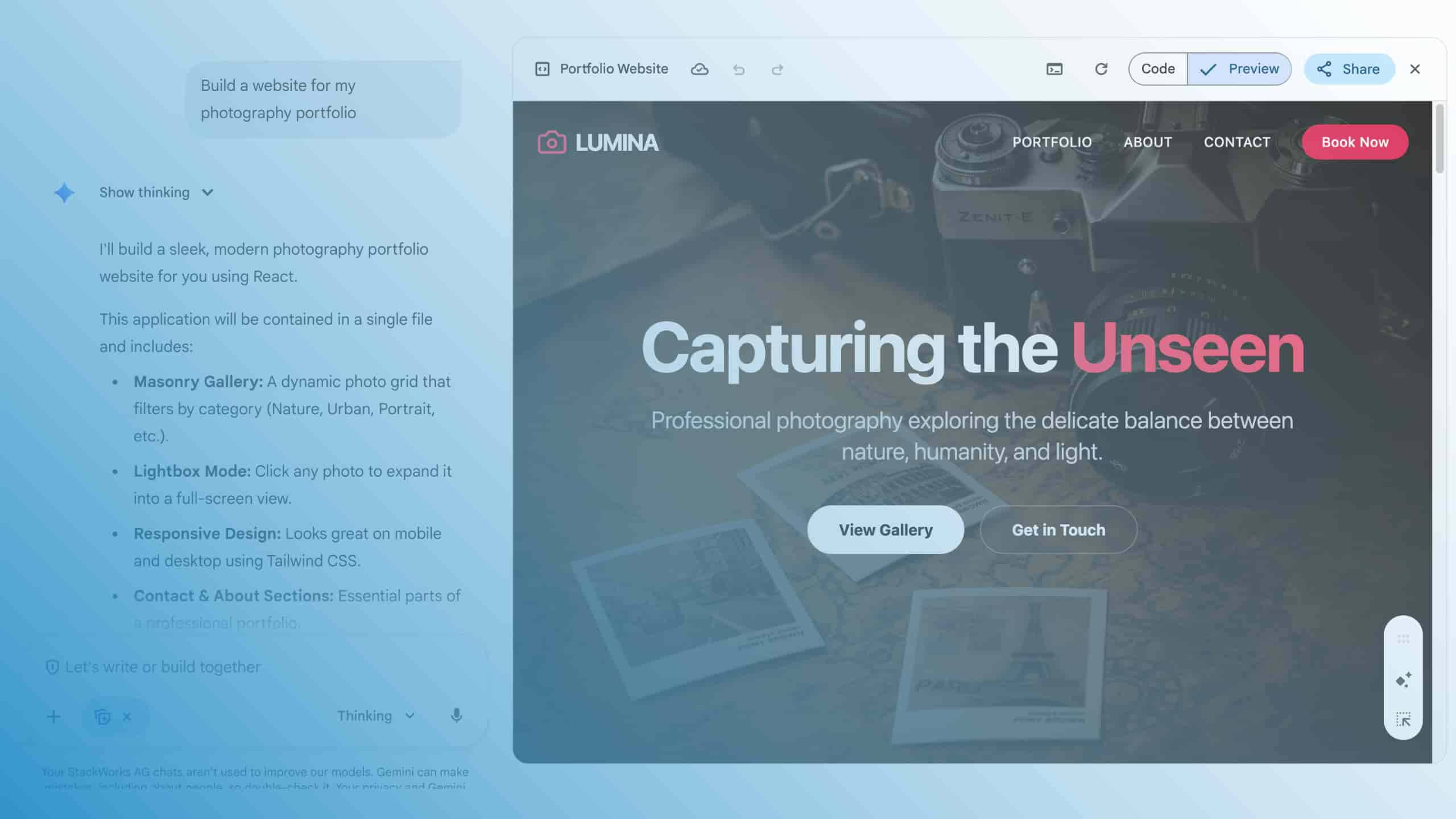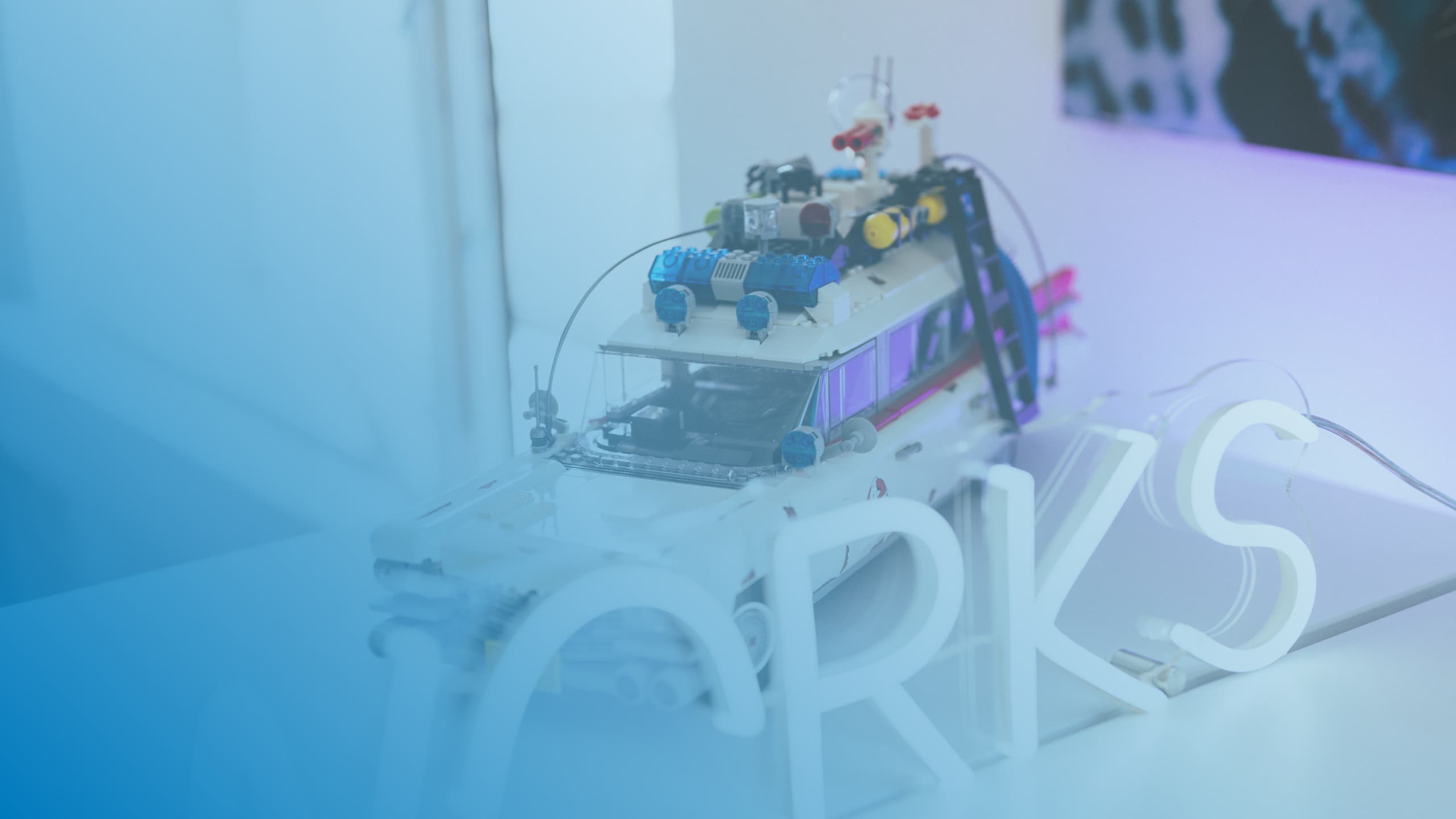Why the use of containers for legacy applications is worthwhile

Many companies have proven legacy applications that have been doing their job reliably for years and are central to the company and cannot be modernized at this time. But does that mean that these applications no longer have a place in the modern IT world? By no means!
Learn how Google Cloud's container technology can be leveraged to optimize and securely operate legacy applications.
What are containers?
Containers make legacy applications future-proof. Instead of being tied to a specific server configuration or operating system, the application runs the same everywhere in a container – whether on a local computer, in the cloud or on a server in another country.
This makes it much easier to install, manage and use your applications. You don't have to worry about compatible operating systems or missing dependencies. This is because a container contains everything the application needs to run. If necessary, containers can be quickly and easily transferred to new systems or scaled up.
What are the benefits of containerizing legacy applications?
Applications and their dependencies are bundled in an isolated container, improving stability and maintenance. This ensures that the application runs securely in different environments and that all configuration and setting changes are cleanly versioned and traceable. This simplifies configuration management and enables faster and reliable deployment of legacy applications.
Container portability facilitates the transition between development, test, and production environments, accelerating the entire development cycle. This also ensures that the application works the same in production as it did in the test.
In contrast to VMWare, containers are more portable and resource-efficient. While virtual machines require the entire operating system to be started, which can take a few minutes, containers do not require their own operating system and are ready for use in a few seconds. They are particularly well suited for modern cloud-native applications and microservices architectures; but also for legacy applications to promote uniform operational processes in IT.
Steps to Containerize Legacy Applications
- Analysis: Before you get started, you should analyze the legacy application thoroughly. What dependencies does it have? What system components does it need? Which parts of the application are particularly critical?
- Containerization: In the next step, your application is packaged in a container. Typically, only a configuration file is required for this.
- Deployment: Now the containerized application can be deployed on the desired platform, be it in the cloud, on its own servers, or even locally on the laptop.
A real-world example: Containerization of a Joomla-based CMS solution
Let's take a Joomla-based CMS solution for your website, for example. They operate the website on their own server and also carry out maintenance. Sometimes the website is very slow, especially if it is accessed by a lot of visitors.
For containerization, we can now use a freely available Joomla container in the correct version and give it the access data for the database. That's it! After deployment on e.g. Cloud Run, the website is available immediately and without further configuration.
You can now enable autoscaling with one click. This will make more resources available when there is a high number of visitors. The website remains stable, and you only pay for the purchased computer power.
Conclusion
Containers help modernize legacy applications and make them future-proof. With the right planning and implementation, the benefits of containers can be reaped without having to abandon or replace proven applications.
By containerizing legacy applications, cloud-native tools and operations can be used consistently. This leads to standardization in IT operations, frees up valuable human resources for innovation and accelerates development and deployment cycles.
Happy Containerizing! 🤓
References and further links:
https://cloud.google.com/run?hl=en
https://cloud.google.com/containers?hl=en
https://cloud.google.com/kubernetes-engine?hl=en
We are happy to support you in the containerization of legacy applications







